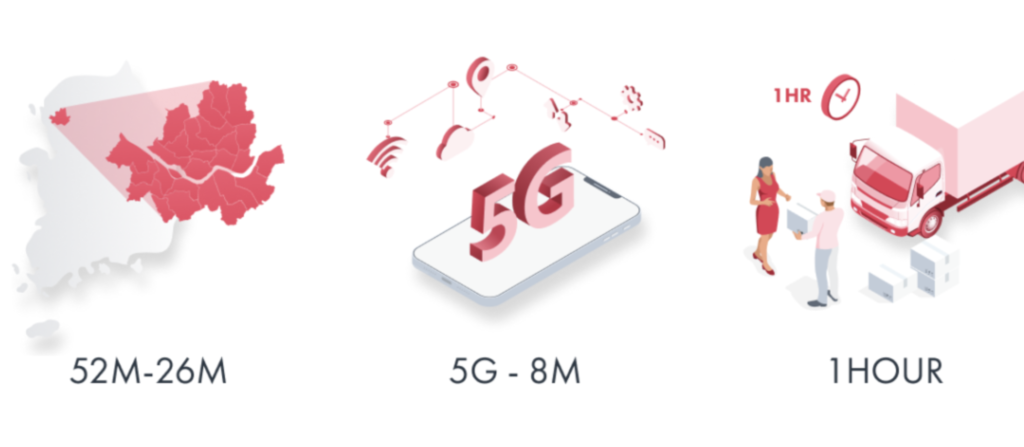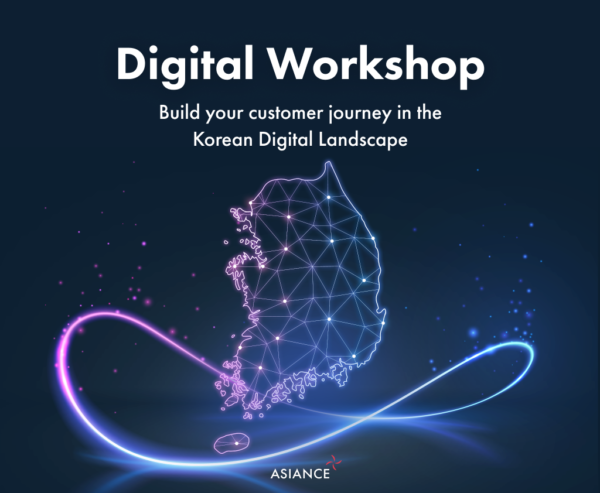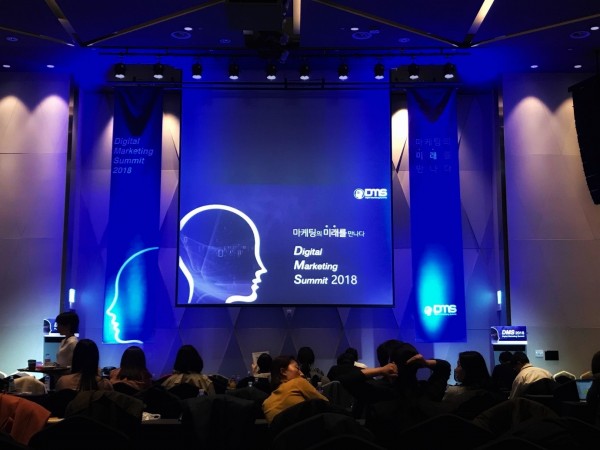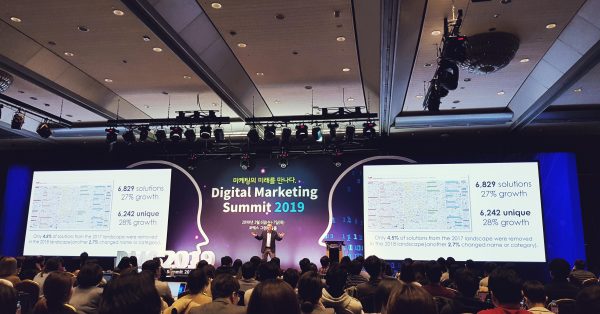Start your business in a digital powerhouse
South Korea’s digital ecosystem is unique. With the dominance of local players mixed with the presence of strong global platforms, it can easily be misunderstood by foreign brands and marketers. As specialists in the local ecosystem for more than 15 years, we help foreign companies understand and make the right decisions for their digital marketing operations in South Korea.
In this post, we will provide some of the key insights from our studies to give a first-view of the general Korean digital market. If you are interested in getting a customized report for your brand, don’t hesitate to contact our team in the form below!
Every market has its own uniqueness and specificity and South Korea isn’t an exception. You will find that the local digital market possesses its features in every single aspect: consumer groups, digital media, e-commerce, influencer marketing, and so on. South Korea’s digital ecosystem is characterized by a high level of digital consumption, and a high dominance of local platforms over global platforms.

• 52M – 26M: Half of the total population resides in the metropolitan area which constitutes Seoul, Gyeonggi, and Incheon province. Out of a 51.83 million total population, 25.96 million people live in this area. This makes the Seoul metropolitan area the center of Korea in terms of population and for business with 83% of big corporations’ HQ.
• 5G – 8M: In 2019, South Korea’s smartphone retention rate peaked at 95% which is the highest in the world. Additionally, Korea was the first country to make a transition into 5G, the fastest Internet in the world. So far, the number of 5G users has reached over 7.85 million users. With this, South Korea has by far the greatest digital infrastructure and penetration rate internationally.
• 1Hour: This figure represents “1-hour delivery”, and South Korean consumers’ high expectations for online shopping. Every age group in Korea shops online in some way and expectations are growing steadily especially since COVID-19. This is why consumers rely more on strong local e-commerce platforms rather than using global platforms. In Korea, delivered goods are generally expected to arrive on the same day or the next day following the payment. In 2020, some retailers launched services providing 1hour delivery.
NAVIGATE SOUTH KOREA’S UNIQUE DIGITAL ECOSYSTEM
Korea’s digital ecosystem is dominated by local giants that provide a large variety of services and touch different parts of the consumer’s experience online. If you haven’t heard of Naver and Kakao, you simply need to go deeper, as each platform engages more than 80% of the entire population on a daily basis.

Naver is Korea’s internet giant. It is one of the most used platforms in all areas for online and O2O (online-to-offline). Naver is the no.1 search engine platform followed by Google, and Daum, another local platform. Daum and Kakao merged in 2014. Naver’s specific characteristics and own ecosystem of services need to be well understood to be able to use them to their full potential.
As for messaging apps, Kakaotalk has the highest market share. It is used by every Korean using a smartphone, overcoming simple SMS text messages. After Kakao, Facebook Messenger and Line are worth mentioning. Similar to Naver, Kakao is one of the local giants that brands should consider before launching their business in Korea. Bear in mind that Naver and Kakao both are expanding their online and O2O businesses especially in the e-commerce industry.
In the Social Media category, Naver Band has the highest usage followed by Instagram, Facebook, Kakao Story, and Naver Cafe. Although local platforms are powerful, global platforms such as Instagram and Facebook are more popular for younger generations.
To introduce more about the e-commerce ecosystem, it is notable that consumers are using social commerce-based local open market platforms. Looking at online shopping platforms rankings Coupang, 11st Street, We Make Price, Gmarket, Tmon, and Auction are the top platforms in this respective order. Brands should seek to understand the main users for each platform, to correctly target their user group.
TAKEAWAYS
As Korea became even more digitized during 2020, global brands need to understand the local ecosystem and how to use it to its full potential. Depending on your industry and target market, our experts are there to provide you with the best advice and insights to adapt your digital strategy and customer touchpoints. By increasing your understanding of the Korean digital ecosystem, awareness, conversion, and retention rates can also be improved.
Behind the report / Korean Digital Landscape Report – What’s on it?
Digital activities are a must-have in South Korea for all brands. With our internal expertise, Asiance strengthened specific services to help brands accommodate and advance their digital ecosystem and strategy in South Korea based on their current needs.
To this end, our team of experts built up Asiance’s Korean Digital Landscape Report, a customized research report that highlights the overall digital features in the Korean digital market. This works as a first step to help companies be aware of the best options for initiating their digital marketing strategy in Korea.
What will you find inside?
• Data: To understand the Korean digital landscape
• Case Studies: To benchmark brands and their actions in Korea
• Pro Insights: To get customized recommendations from our experts
Key content:
• Korean Consumers overview
• Local Giants: Naver and Kakao
• Digital and Social Media in Korea
• E-Commerce landscape
Interested in this service?
Contact us at insight@asiance.com












